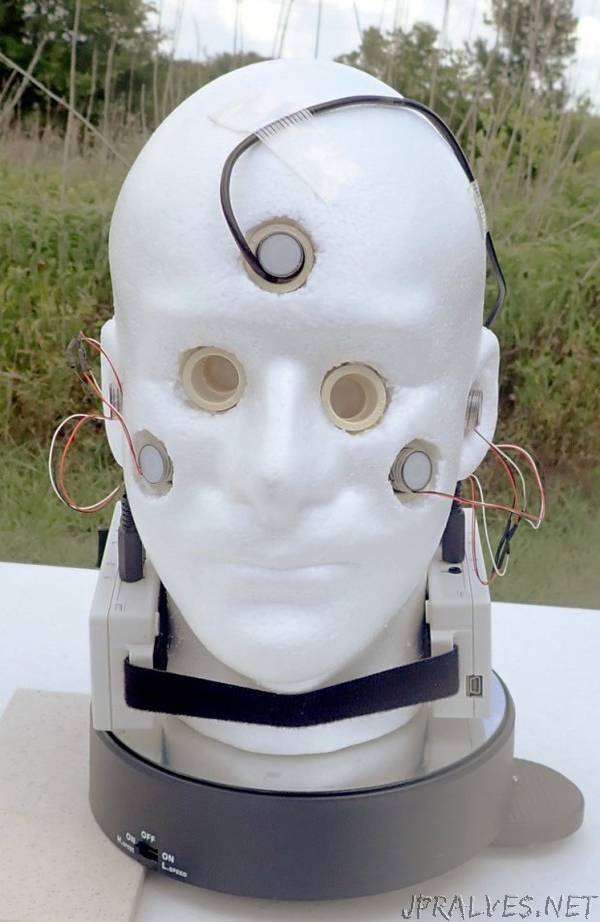
“Sunlight is essential for our survival, but too much of a good thing can sometimes be harmful. That certainly applies to the invisible ultraviolet (UV) wavelengths of sunlight, for too much exposure to UV can cause sunburn and even skin cancer. Yet, moderate exposure is important, for both mammals and reptiles depend on ultraviolet sunlight to manufacture the vitamin D that supports the growth of bones and fights some diseases.
ULTRAVIOLET AND HEALTH
Light is specified according to its wavelength. For example, green light near the peak response of human vision has a wavelength of 500 nanometers (nm) or half a micrometer. If UV wavelengths were visible, they would appear adjacent to the violet portion of a rainbow. The UV wavelengths are divided into three categories, each having distinctive effects on plants and animals:
» UVA: 320 to 400nm. UVA wavelengths penetrate deeper into skin than UVB and UVC. Excessive UVA exposure can lead to skin wrinkling. Recent research suggests that excessive UVA can also lead to skin cancer.
» UVB: 280 to 320nm. Most UVB is absorbed by the ozone layer, but some leaks through. UVB causes erythema, the reddening of the skin that precedes sunburn. Excessive UVB exposure can lead to skin cancer. UVB can also damage eyes.
» UVC: 100 to 280 nm. UVC rapidly kills viruses and bacteria. It is absorbed in the dead cells in the uppermost layer of human skin, where it does not lead to erythema. UVC exposure to living skin cells can cause erythema. UVC can also cause eye damage. Fortunately, UVC is totally blocked by the ozone layer.
It’s best to avoid more than several minutes of UVB exposure whenever your shadow is shorter than your height. You can minimize your exposure by applying sunscreen and wearing a brimmed hat and a long-sleeved shirt. You can learn more about UV hazards on the EPA’s website.
Total protection from UV isn’t necessary for most people, for UV stimulates the production of vitamin D in the skin. Vitamin D allows the body to metabolize calcium and provides protection from rickets in children and osteoporosis in the elderly. It may also protect against several kinds of internal cancer. Learn more here.”
